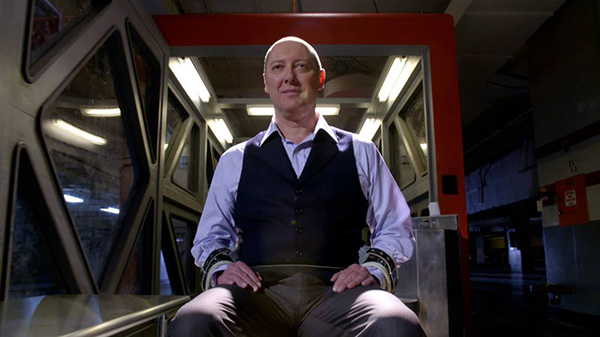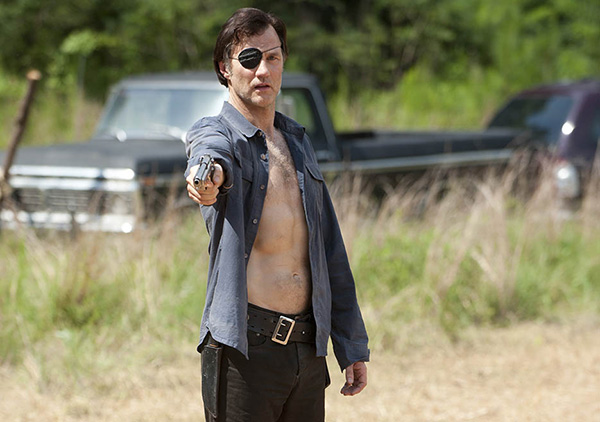
Television culture has favored its protagonists for years. But in today’s TV landscape, the villain’s time has finally come, upstaging his or her opponent in skill, intelligence and fan appreciation.
Villainous characters have come to the forefront in the past few years, with popular film franchises like DC, Marvel, Harry Potter and Star Trek setting the standard of quality villains in entertainment. They have introduced complex characters with dualistic natures and multifaceted motivations for the evil acts they commit, whether it be for their vanity or simply it’s in their nature.
TV has recently upped its game with villains, and this year has seen a particular excess in colorful antagonists, such as The Governor from “The Walking Dead,” Marie Laveau in “American Horror Story,” and Raymond Reddington from “The Blacklist.” These villains and others like them are hypnotizing and brought to an extravagant cinematic evilness that fits the small screen seamlessly.

Since television is episodic in nature, it incorporates these villains in a truly striking way to make the audience become attached to them, and continue to surprise us time and time again with their behavior — both bad and good.
These are not the black and white villains audiences have always know on TV — they’re not solely evil, and oftentimes, their actions are quite relatable. We can contextualize their struggles enough to understand their feelings in the conflicts they encounter.
We love these villains — not only for their entertainment value, but by the way we can relate to their thirst for the wicked side that we ourselves understand to be inappropriate to express. Therefore, we find ourselves aligning with these extravagant villains who act with no limits and take matters into their own hands — we come to admire their extreme sense of pride.
But as much as we adore their evil sides, we occasionally see a spark of humanity resting just below this hard exterior that immediately cue our sympathies for their situations. Perhaps it’s this spark of humanity that’s most terrifying of all — that we’re more like them than we realize.
Laura Wolford is a staff writer. Email her at [email protected].
























































































































































